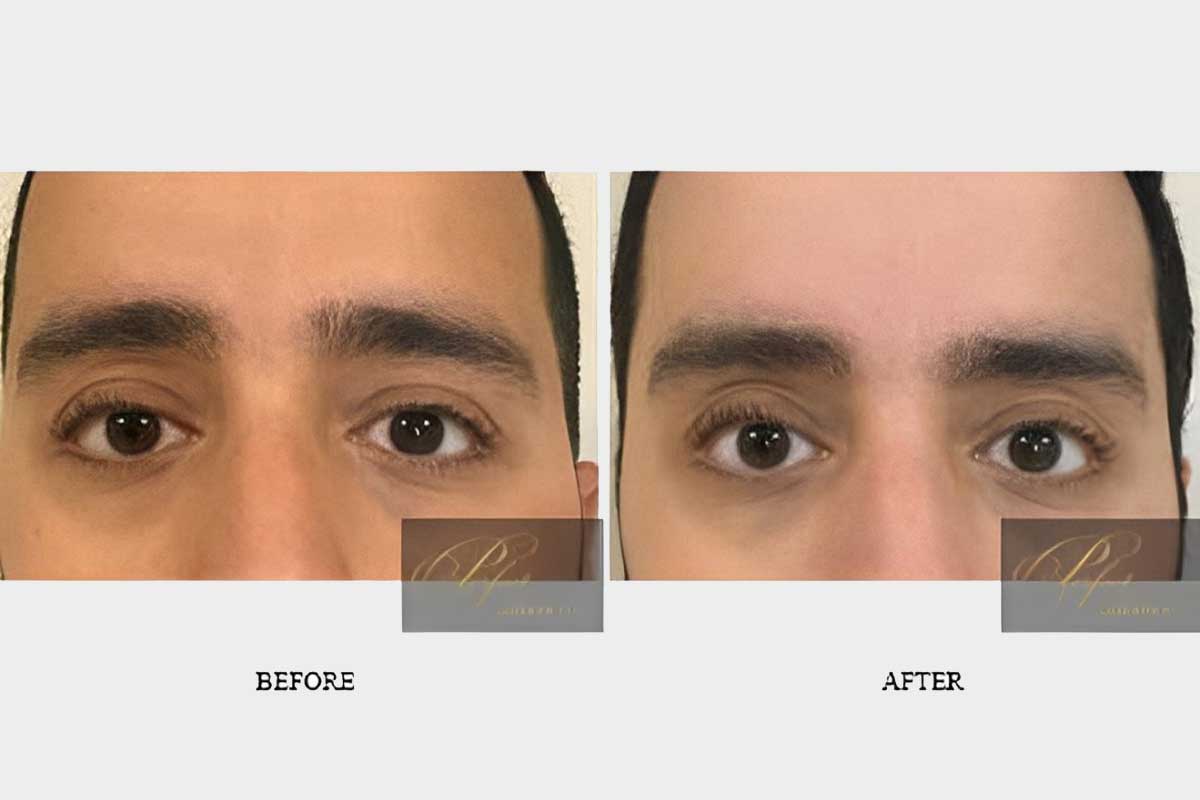
Benign and cancerous skin lesions
Home » Benign and cancerous skin lesions
Call Us Today 561-462-1965to schedule an appointment
We look forward to welcoming you to our practice!
Subscribe Our Newsletter
Recent Blogs
Bro-tox and Filler for Fellas
Benefits of Profound Facial Treatment in Juno Beach, Florida
Office Hours
Tuesday – Friday 8 am – 4 pm
© 2024 Perfect Skin MD. All Rights Reserved. Powered by www.ekwa.com


